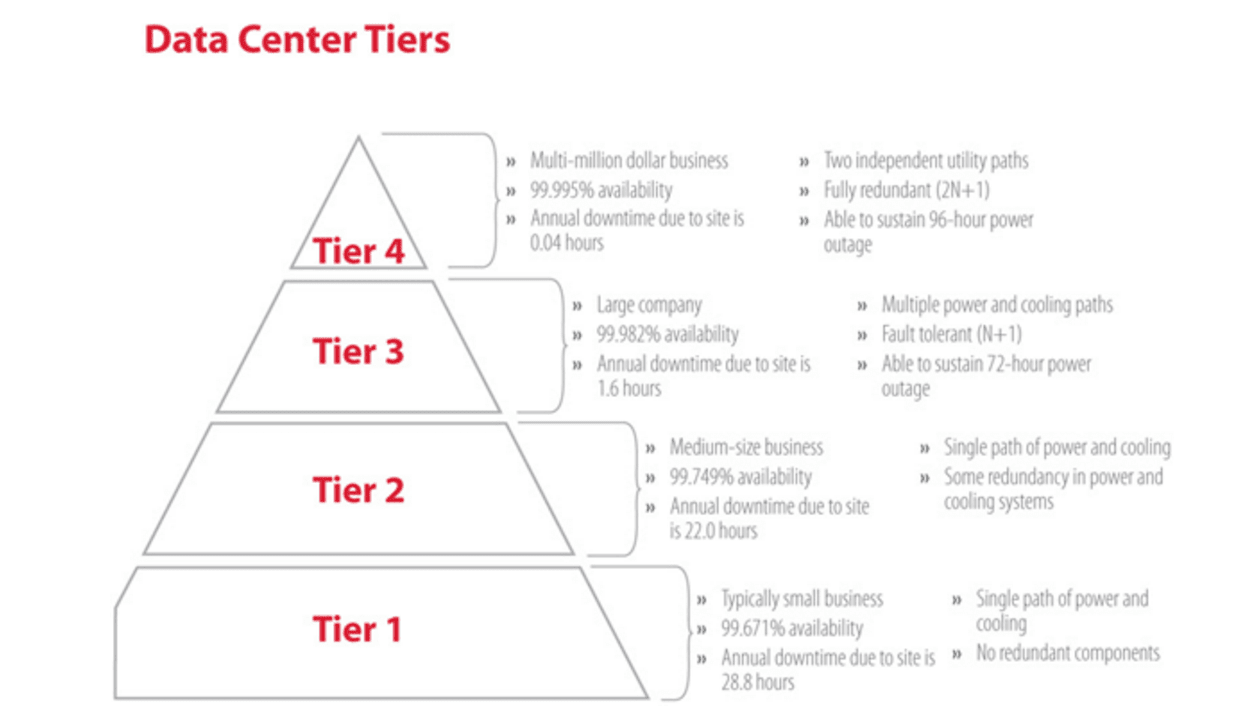Small Business Closing Employee Rights UK: Making Certain Fair Redundancy Pay
Small Business Closing Employee Rights UK: Making Certain Fair Redundancy Pay
Blog Article
Exploring the Operational Characteristics of Business Redundancy and Its Long-Term Sustainability

Redundancy Approaches for Service Connection
In order to ensure nonstop procedures, organizations must apply reliable redundancy techniques for service connection. Redundancy in this context describes the duplication of vital parts or functions within a system to reduce the effect of prospective failures. By including redundancy techniques, companies can enhance their resilience versus interruptions triggered by various variables such as all-natural disasters, equipment failures, or cyber-attacks.
One typical redundancy approach is the implementation of backup systems and data storage services. This includes producing matches of important information and systems that can be activated in case of a main system failing. Furthermore, companies can develop repetitive communication channels and source of power to maintain connectivity and operations throughout unexpected occasions.
Furthermore, cross-training workers to carry out multiple duties within the company can offer as a beneficial redundancy method. This guarantees that necessary tasks can still be performed also if vital employees are not available as a result of illness or other reasons. In general, effective redundancy strategies are crucial for businesses to copyright functional continuity and decrease the influence of possible interruptions.
Impact of Redundancy on Business Durability
Provided the essential role redundancy techniques play in ensuring service connection, exploring the effect of redundancy on business durability comes to be essential for comprehending the holistic operational characteristics of a company. Redundancy, when purposefully executed, can substantially contribute to boosting an organization's resilience in the face of unanticipated challenges.
Furthermore, redundancy can promote development and creativity within an organization as employees really feel equipped to take calculated risks, understanding that there is a security net to sustain them in situation of failing. Overall, the impact of redundancy on organizational resilience is extensive, forming the lasting sustainability and success of a firm.
Balancing Performance and Versatility in Redundancy
Achieving an unified equilibrium in between operational effectiveness and flexible versatility is a pivotal difficulty in the strategic deployment of redundancy within organizations. As well much versatility without a strong functional structure can result in inefficiencies and variance.
To stabilize performance and versatility in redundancy planning, companies have to carefully assess their functional needs, market characteristics, and strategic browse this site goals. Eventually, finding the appropriate balance between performance and versatility is critical for developing a sustainable and resistant company in the face of uncertainty.
Long-Term Sustainability Via Redundancy Planning
To make certain enduring practicality and security, companies have to purposefully align their redundancy planning with long-term sustainability objectives, therefore balancing functional performance with flexible adaptability. Firms should check out redundancy not as a responsive option to instant issues yet as a proactive strategy for long-term success.

Proactive Measures for Sustainable Business Procedures
How can companies proactively enhance their operational sustainability for long-term success? Carrying out positive actions is important for business aiming to ensure sustainable procedures.
Additionally, cultivating a society of constant enhancement and understanding within the organization can boost adaptability to changing market conditions and customer demands. Encouraging staff member participation in decision-making processes and providing chances for expert development can enhance spirits, productivity, and general efficiency. Establishing clear objectives, monitoring vital efficiency indications, and frequently assessing progression are crucial components of aggressive sustainability management.
Teaming up with providers, consumers, and various other stakeholders to promote website link lasting techniques throughout the supply chain can create a surge impact of positive impact - redundancy pay if company goes bust. By taking positive actions towards operational sustainability, firms can develop durability, drive advancement, and safeguard their lasting success in an ever-evolving company landscape
Conclusion

In the realm of organizational monitoring, the critical implementation of firm redundancy stands as an essential yet detailed method that necessitates a fragile balance in between operational effectiveness and long-term stability. By exploring the functional dynamics that underpin company redundancy and evaluating its wider effects for organizational strength and adaptability, a nuanced understanding of how redundancy approaches can shape the future trajectory of a firm begins to unfold.Offered the crucial duty redundancy strategies play in making certain service connection, exploring the effect of redundancy on organizational strength becomes vital for understanding the alternative operational characteristics of a company. On the whole, the influence of redundancy on organizational strength is extensive, shaping the long-lasting sustainability and success of a company.
In verdict, understanding the operational dynamics of firm redundancy is essential for ensuring lasting sustainability.
Report this page